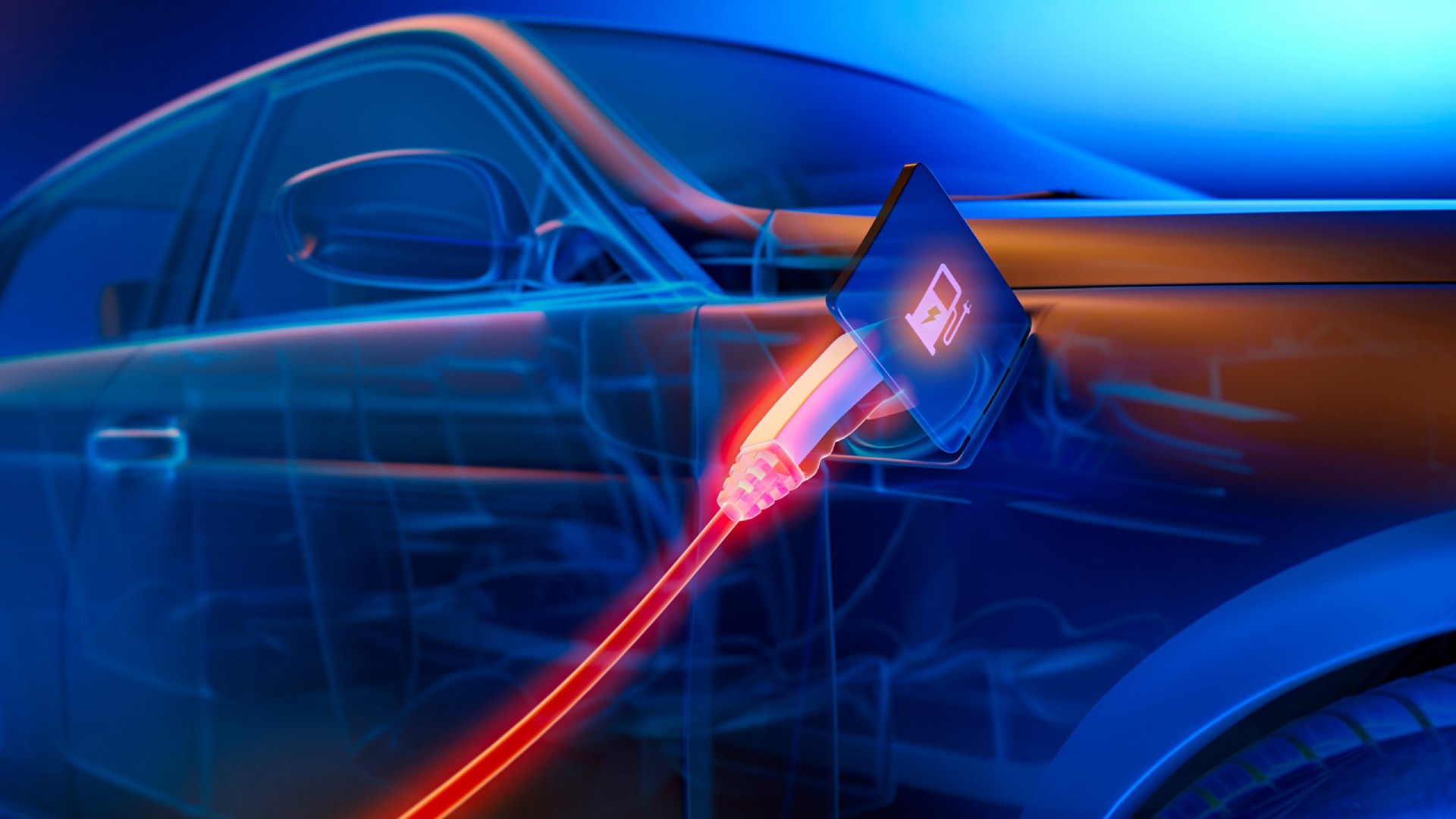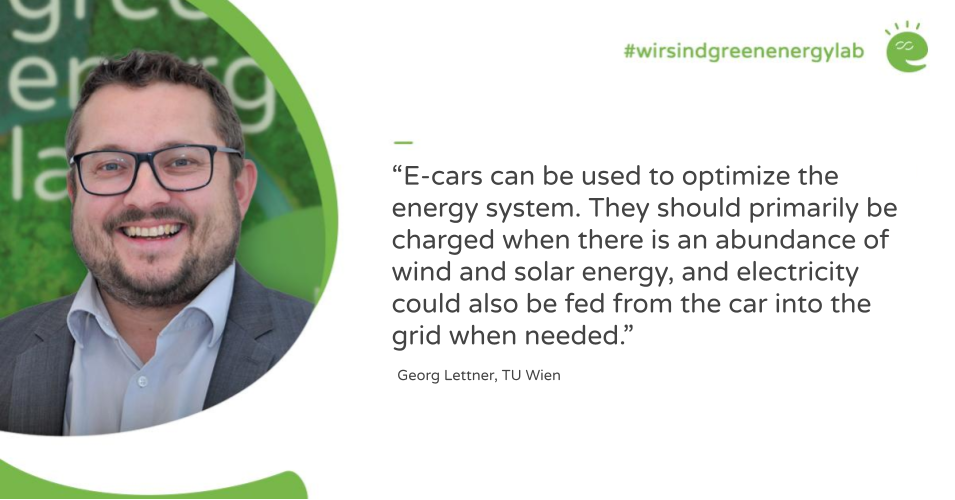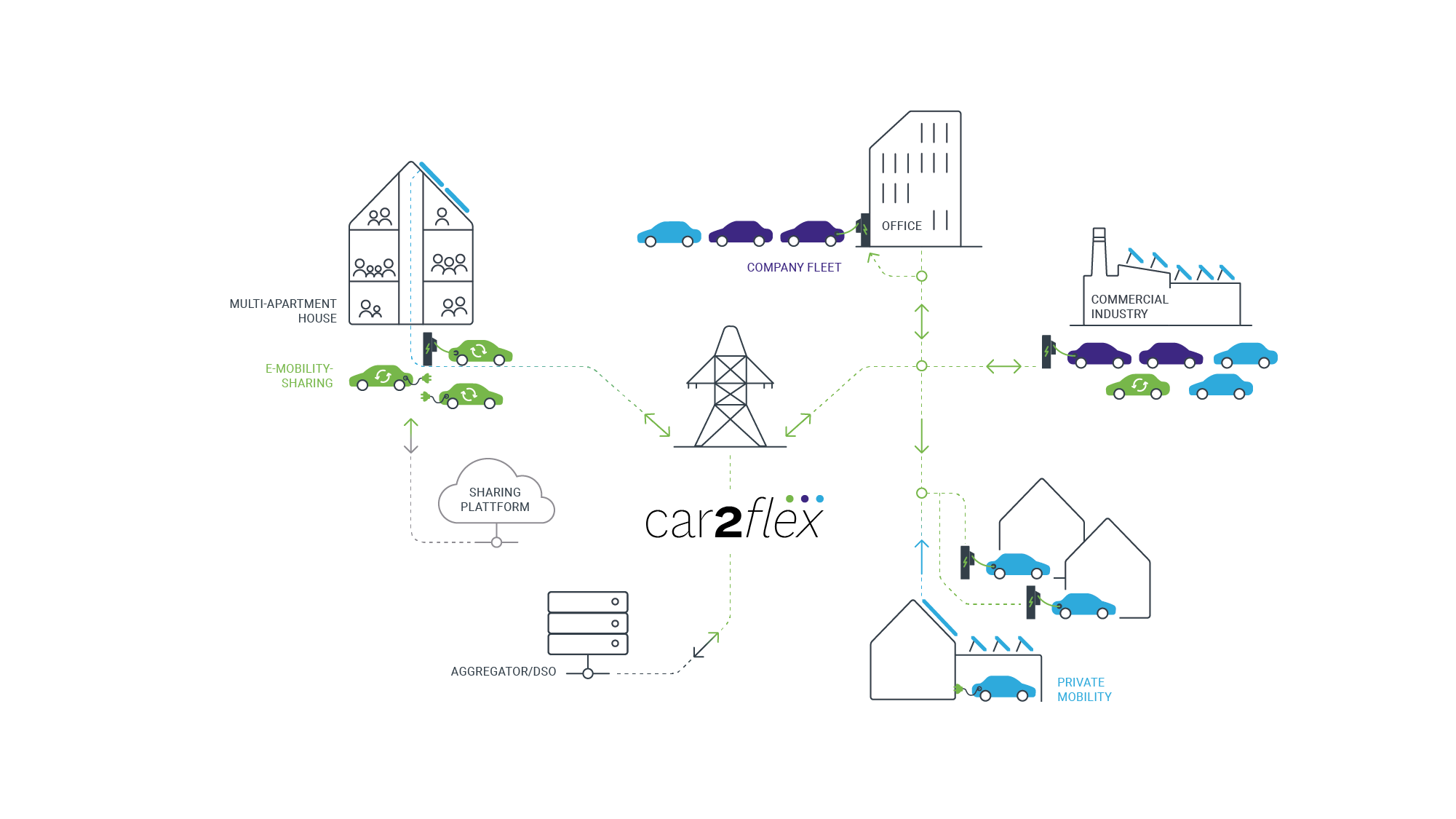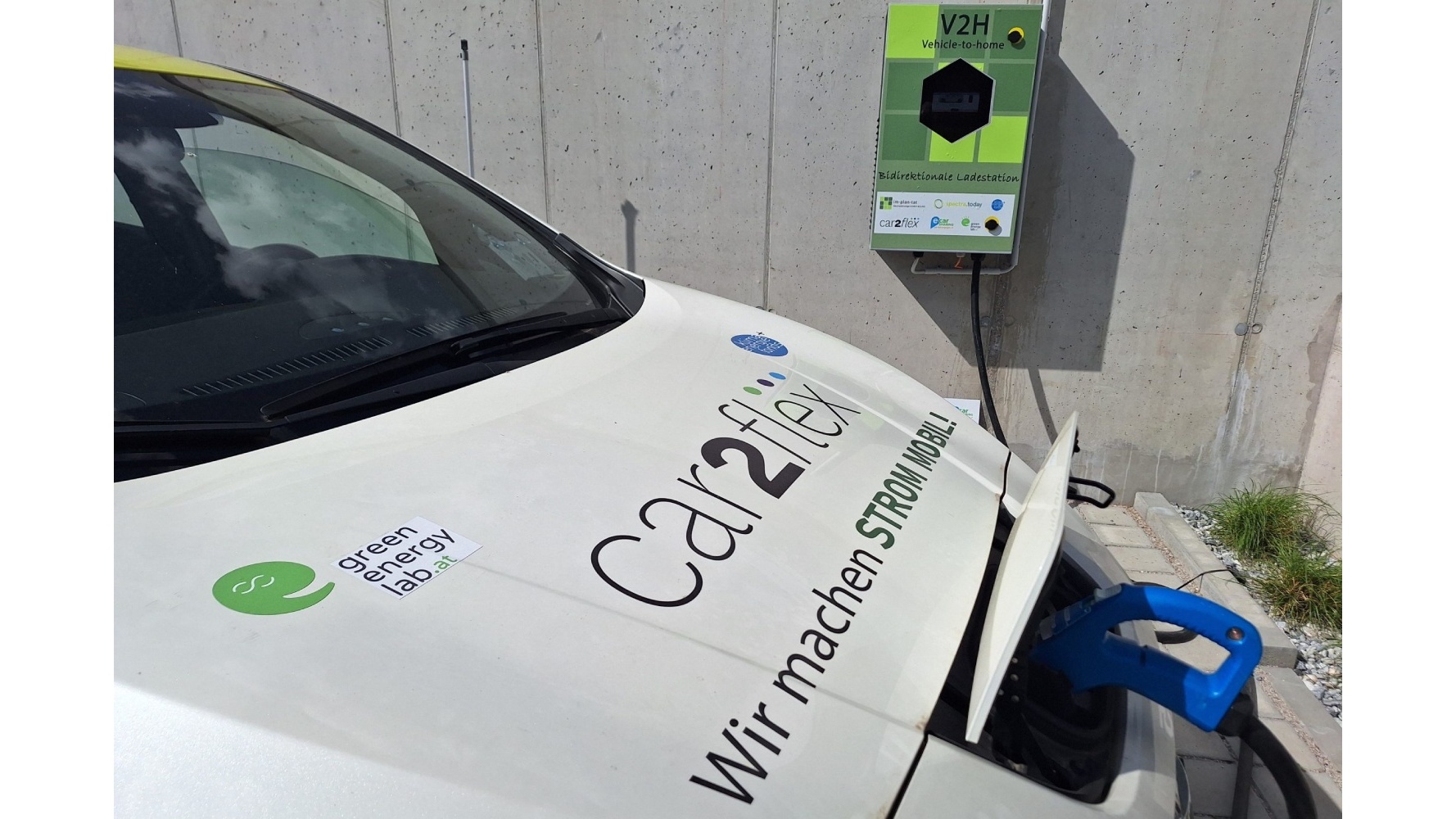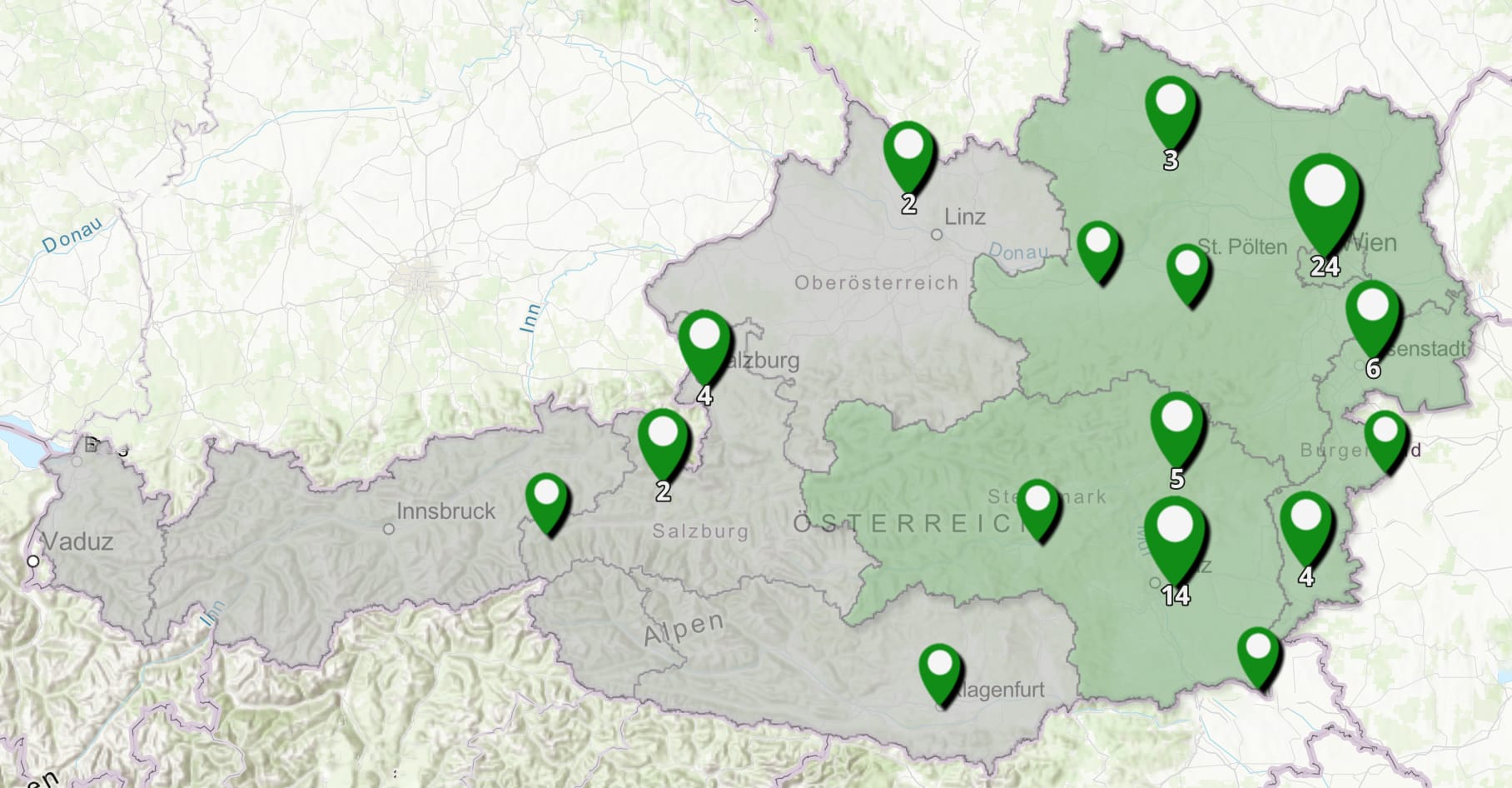Car2Flex
Smart optimization of the electromobility of tomorrow
The transport sector, especially road traffic, represents a high level of environmental pollution. With 23.7 million tonnes of CO₂ equivalent and thus a share of 45.8%, the transport sector was the largest emitter of greenhouse gas emissions outside of emissions trading, according to the Climate Protection Report (2019) published by the Environment Agency Austria (Umweltbundesamt GmbH). Electromobility offers a possible solution to reduce this burden. However, smart and sustainable mobility concepts are needed to integrate electromobility into the energy system of tomorrow.
Objective of the Car2Flex project
The lead project Car2Flex dealt with three different user groups in electromobility: private users, e-vehicle fleets (e.g. in companies) and e-car sharing in apartment buildings. The focus was on the question of how – according to the mobility needs of the respective groups – the increasing share of electromobility can best be integrated. In addition, the Car2Flex concepts were intended to create new economic incentives. For example with solutions that increase the self-consumption of PV electricity (PV = photovoltaics) through intermediate storage in the battery of a vehicle. This optimized, flexible battery use can increase the share of renewable energy generation and use and save costs.
Approach and methodology of the Car2Flex project
In the Car2Flex project, bidirectional DC charging points (direct current) were used, for example for the direct use of PV electricity, which can be used directly as direct current and no longer has to be converted into alternating current. Thanks to the bidirectional function, the charging station can also draw power from the car battery and not just the other way around, as is usual. Specially developed algorithms for optimized charging strategies, for example to reduce network peaks and to integrate between aggregator and booking platforms, were used here. A participation process with users and other relevant stakeholders (e.g. housing developers, charging station operators, etc.) accompanied the developments. The needs of private individuals and companies were taken into account.
A special focus in the Car2Flex lead project was also on e-car sharing providers. They own a large number of e-cars and can use the booking system (app) to track where, at which charging station and with what state of charge each e-car is located around the clock. Every single electric car offers the potential for additional flexibility, as it can be charged when there is excess electricity and discharged when there is a need for electricity. This is particularly interesting for aggregators who summarize (aggregate) individual flexibilities and market them.
The information generated about the various mobility behaviors helped to make more precise predictions as to how e-cars can be optimally integrated into the network. They provided information about when the e-cars are charged, how much they are moved on average and how much charge they will then need again.
Demonstration sites in Styria
There were three demonstration sites in Styria as part of the project. The following objectives were pursued there:
- Practical implementation of bidirectional charging in private households
- Testing of V2H (Vehicle-2-Home) and V2G (Vehicle-2-Grid) concepts
- Technical integration of bidirectional charging infrastructure
- Integration of local PV generation and consumption data
- Practical testing of a so-called “digital interface” to the distribution network, which dynamically regulates the charging process depending on the network status
- Loading and unloading control via a digital platform where all data is collated or via a user-friendly customer app

Prototype of a bidirectional charging station in use at Energie Steiermark © next-incubator
The bidirectional charging infrastructure has been successfully installed at three demonstration sites in Styria. In addition, PV data, electricity tariff data and consumption data have been integrated into the control platform and app. For the first time, a “digital interface” to the distribution network operator was also demonstrated, which dynamically adapts the charging power to the grid status. Special grid sensors installed at local grid transformers and low-voltage outputs send live grid data to the Car2Flex platform. This enables dynamic reduction or increase of charging and discharging power at bidirectional charging points depending on the grid status. A special grid controller was developed for control purposes. Different operating modes for controlled charging were tested in practice (PV surplus, by power, by tariff, etc.). Bidirectional charging Vehicle-2-Home and Vehicle-2-Grid was successfully tested.
Challenges for the project and the implementation of bidirectional charging in the energy system
A major challenge is that most vehicle manufacturers have still not officially approved bidirectional charging and the ISO standard 15118-20 has not yet been implemented. In the Car2Flex project, bidirectional charging could therefore only be implemented with the help of a special workaround. This made it impossible to conduct long-term and extensive testing of bidirectional charging.
Links:
You are currently seeing a placeholder content of YouTube. To access the actual content, click on the button below. Please note that data will be passed on to third-party providers.
Watch this Video about our research project Car2Flex
The following model solutions were being developed in the Car2Flex project:
BIDIRECTIONAL DIRECT CURRENT CHARGING STATION
E-CAR SHARING IN APARTMENT BUILDINGS
USER BEHAVIOR OF E-MOBILITY
Media reports on the project
When the e-car sells electricity – DerStandard
In future, electric cars could store surplus electricity and sell it again later. But standards are still lacking.
To the articleThe electric car as a temporary electricity storage device
The number of electric cars is increasing. In future, their powerful batteries will not only be used to power the vehicle, but also to stabilize the overall energy system.
To the articleE-mobility - the traffic of tomorrow
The transport sector has a high environmental impact: With 23.7 million tons of CO₂ equivalent and thus a share of 45.8 percent, the transport sector was the largest source of greenhouse gas emissions outside of emissions trading in the latest climate protection report by Umweltbundesamt GmbH.
To the article
